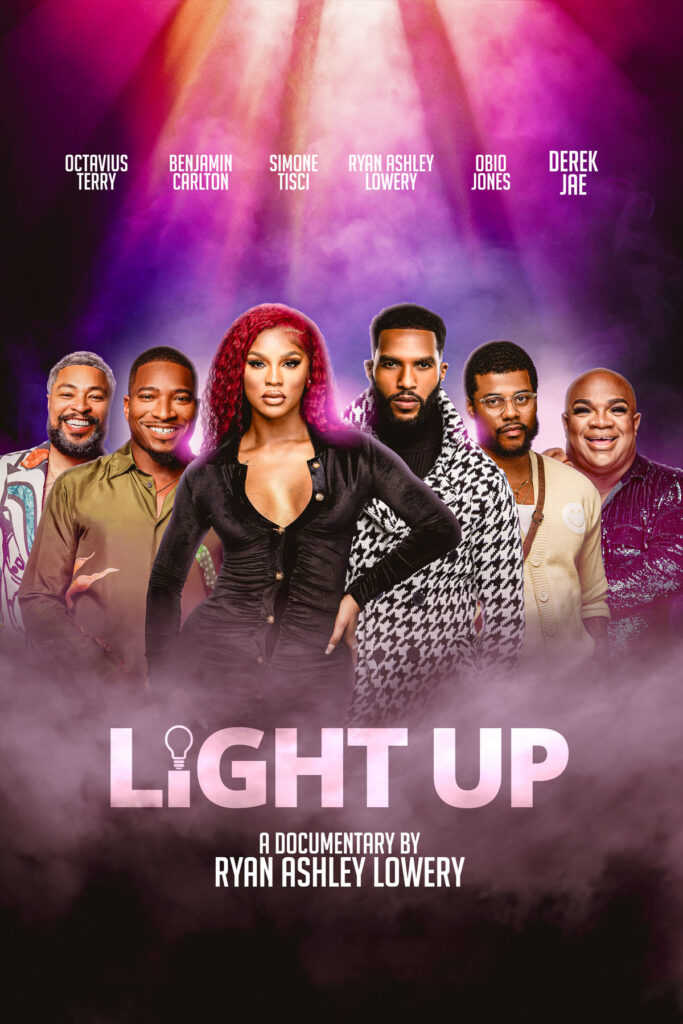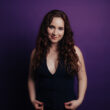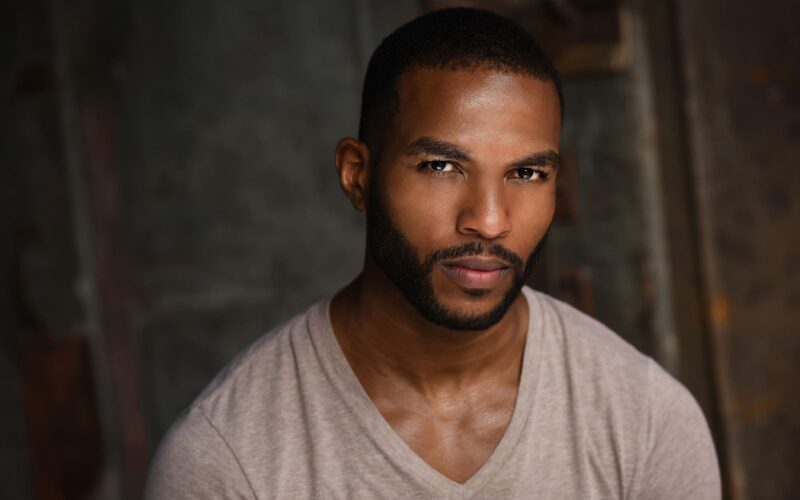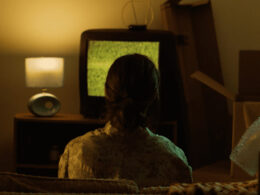Light Up is described as a love letter to yourself and to the LGBTQ+ community. What was the most personal moment for you in making this film?
There were many personal moments in making this documentary, but perhaps the most personal one was when we were doing the behind-the-scenes interview with our heterosexual cinematographer. He told us that his son came out to him at six years old and that the most important thing at the time was to give his son as much love as possible and space to be himself and vulnerable. That really touched my soul. I ended up crying and breaking down while hugging the cinematographer. I thanked him for accepting and loving his son and told him that I wish I would’ve had a father like him growing up and the experience of his child. As a little boy, at times I felt different, alone, and unseen. I didn’t know anyone like me, and I felt I had no space to communicate my feelings about liking boys. And when I did come out in my early twenties, it was initially challenging with both of my parents, especially my dad. They’ve both since come around and are wonderful supporters of all of me and love this film. They are and have always been amazing parents, but I can’t help but wonder at times how empowering it would’ve been to have the courage and space to communicate my feelings to my parents about my interest in boys and then for them to have supported me.
The film highlights five prolific figures from the Black queer community. How did you choose which stories to feature in the festival cut, and what guided your selection process?
Queer people are not a monolith as we see with the still growing acronym – LGBTQIA plus – but the representation in the media does not fully capture that. I wanted to showcase a range of people that had diversity in experience so that the stories could resonate with as many people as possible and for a wide range of people to be able to see themselves and their experiences in this documentary. As the executive producer of the film, it was important for the festival cut to highlight some of the most prominent people in the community with hopes of gaining more interest and greater ability to gain distribution so that the film could reach as many people as possible and pave the way for Light Up docuseries, which features less prominent people with some prolific figures sprinkled in.
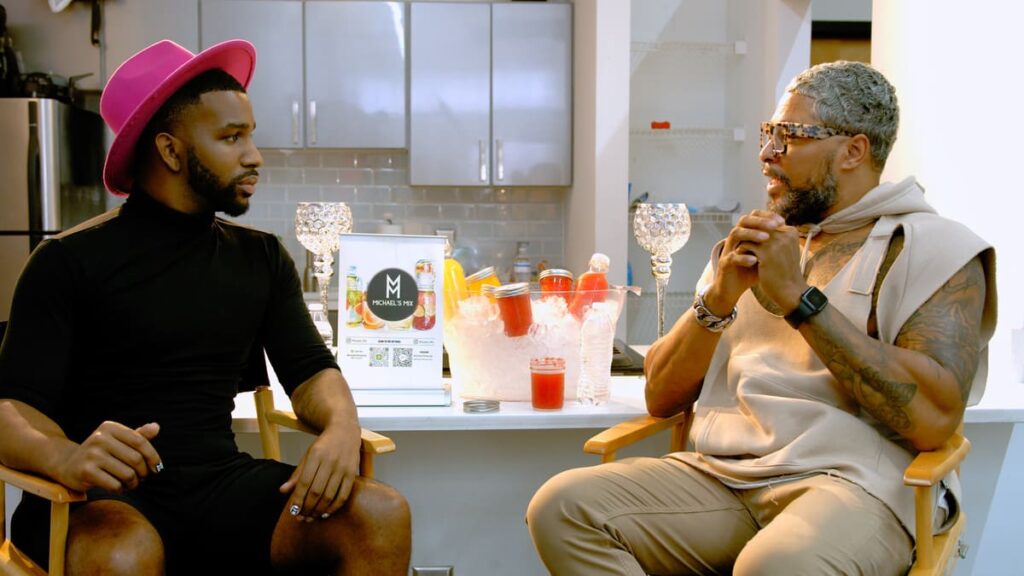
Growing up in Gastonia, NC, you didn’t see yourself reflected in the media. How did that absence of representation shape the way you approached telling these stories?
I was more empathetic and sensitive to shaping stories that could resonate with as many people as possible as I don’t want anyone not feeling seen, loved, and heard – that includes heterosexual people and people across political lines. My goal was to emphasize the humanness of each person so that anyone can relate to these people’s struggles and triumphs. We all have or will face difficulty from family members, friends, institutions, or society telling us who we should or should not be.
Faith and spirituality play an important role in some of the interviewees’ lives. How did you navigate capturing the tension between religion and queerness in the Black community?
Religion has been at the center of both hurt and joy within the black queer community. The Church, the religious institution, has been the backbone and the back breaker. It was important to showcase religion’s negative influence while also balancing that with showing its positive impact as well. We see several of the subjects move from traditional religious doctrine to more emphasis on spirituality and forming a more personal and fulfilling relationship with God. When some initially people come out, they feel like they must oppose everything they learned, not conform to heterosexual norms, and throw out the baby with bath water. They rebel against everything. Therefore, they lose some essence of who they are at the core without fully exploring what to keep, what to throw out, and what to change to make work for themselves.
They lose authenticity in hoping to gain authenticity. Religion and spirituality have always been vital to Black people. It’s how we got through some of the most difficult times so it’s at the core of who we are and plays a vital role in navigating life’s challenges. Therefore, it was important to show that although religion has scarred our community there is a way to heal through rethinking religion or spirituality therefore coming back home.
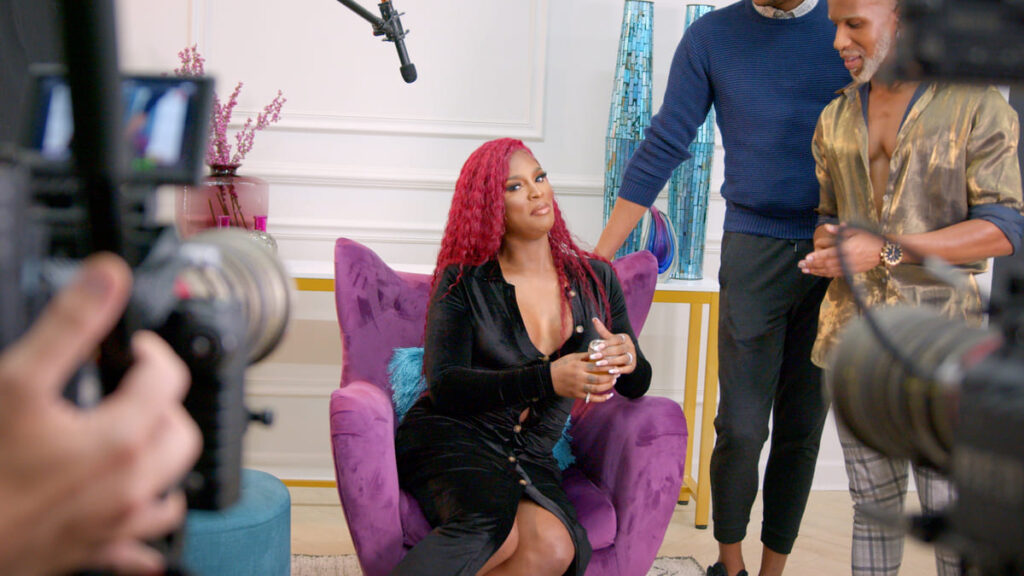
Atlanta feels like a strong presence in the film. Why was it important for you to root Light Up in this city, and how does the Atlanta LGBTQ+ community shape the narrative?
It was important to root Light Up in Atlanta as it is often considered the “Black Gay Mecca” especially in the South. Atlanta is the city that many people in the surrounding more conservative cities and states flock to so they can live freely. Atlanta compared to other places in the south has more policies, legal protections, and healthcare in place to support and protect LGBTQIA people. In addition, the nightlife, cultural amenities, and vast dating pool attracts people as well. And not to forget, Atlanta has not one but three Pride celebrations – two Black Prides and one Atlanta Pride. Some people say every day is Pride in Atlanta. The Atlanta LBTQ+ community shapes the narrative as you see throughout the documentary people were able to get more comfortable with themselves as they met people in Atlanta that were like them and that supported and mentored them. The community gave them space to be free. In addition, we even see Simone Tisci being supported by the House community when she first moved here. They provided her housing and became her family.
The film blends direct interviews with archival material, painted images, and vibrant visuals. How did you and your editor decide on this multi-layered aesthetic approach?
We thought it was important to use the most effective tools as possible to best convey the stories so sometimes that meant adding more tools to the toolbox. In addition, as an independent, character-based documentary, we were limited in financial resources, subject’s time, and archival footage available so we had to get creative while maintaining some cohesion and consistency in the documentary.
Many of the stories in Light Up touch on trauma but also triumph. As a director, how did you create a safe space for vulnerability while ensuring the storytelling remained empowering?
One of the most important things was establishing trust with each interviewee. Several of the people were my friends so there was some foundational level of trust between us. I had phone calls with everyone, but I took extra time with the people who were not my friends to develop a deeper connection and level of trust. As for creating a safe space on set, the most important thing was for myself, the crew and interviewers to have peaceful and good energy. We prayed before each shoot to set the tone. We asked God to work through us, have his way, and set the atmosphere for us to have great conversations. We also had flavorful mixed drinks to help those that were nervous relax and to create a more laid-back environment. Of course, we capped the drinks to two. Lol. In addition, we started off the conversation light and then slowly progressed to heavier discussions.
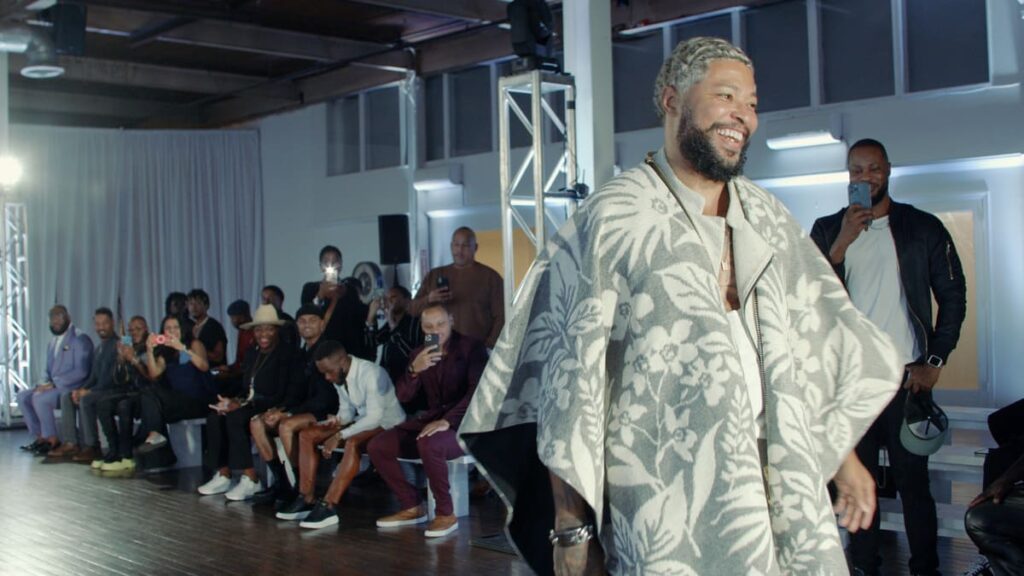
You’ve spoken about wanting to “normalize homosexuality and sexual fluidity.” What do you hope young queer viewers take away from Light Up that you didn’t have growing up?
I hope young queer viewers have space and permission to be themselves. I hope they see people like themselves and know they are not alone.
Representation of Black queer men and transgender women in media is still rare. What stereotypes were you most determined to dismantle through this project?
I was most determined to dismantle the stereotype that we are not human – we are some freaks. No, we are human beings just like everyone else. We hurt, we cry, we laugh, we struggle, we triumph, and we love. We also are religious and spiritual beings. I wanted to combat the stereotype that black queer men are feminine – some of us are and some of us are not. We can look like the typical All-American next-door Guy or you may not be able to tell what gender we are.
The docuseries version of Light Up includes over 20 voices. What excites you most about expanding the film into a larger series?
The feature length version showcases the more prominent people in the LGBTQ+ community, I look forward to telling the stories of some of the less known people that are lighting up the world such as a gymnastics coach, emergency doctor, LGBTQ barbershop owner, local politician, and photographer. I’m also excited to share stories of some of the more prominent people such as an ex-NFL player, a mayor, well-known event promoter, and a couple that owns a few restaurants in the Atlanta area. Overall, I’m looking forward to giving people an even more robust group of people to see themselves in and to empathize with and learn from.
You mentioned Patrick-Ian Polk’s Noah’s Arc and shows like Pose as inspirations. Which films or creators most influenced your approach to Light Up?
Real Housewives, Oprah’s Master Class, Super Soul Sunday, and FX’s Pride are shows and
films that most influenced my approach to Light Up. I wanted the vibrancy, spontaneity, and
funniness of Real Housewives. I wanted the vulnerability, intimacy, and educational aspects of Oprah’s Master Class. I wanted the spirituality of Super Soul Sunday. I wanted the colorfulness, storytelling, and reverence of LGBTQ heroes of FX’s Pride.
If audiences walk away with just one message from Light Up, what do you hope it will be?
You are not alone.
